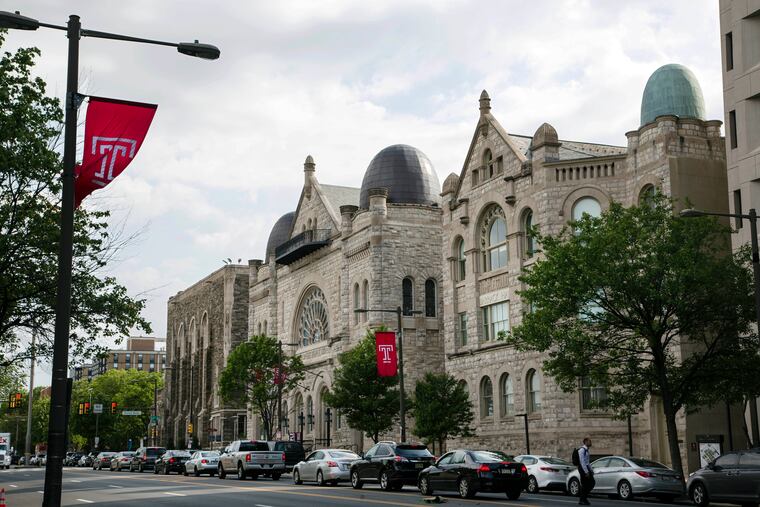Universities should keep students on campus to protect the vulnerable from coronavirus | Opinion
Eventually, there will be a vaccine. But when is anyone’s guess. In the meantime, we may end up with a workable interim solution by keeping young, healthy people on campuses.
